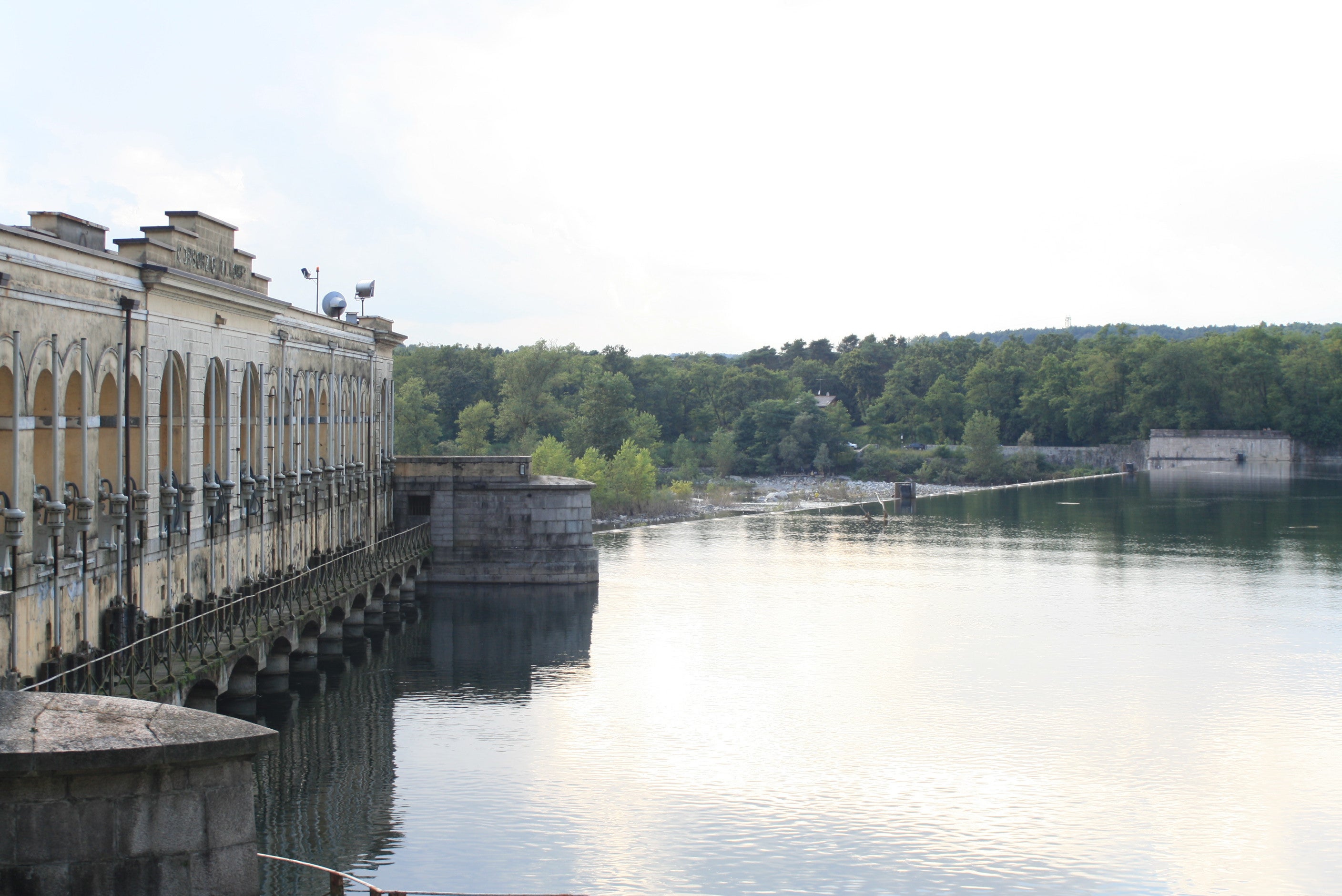
Credit: Nico Saporiti
The intake of the Villoresi irrigation canal is a monumental structure of classical beauty: it tames the blue waters of the River Ticino, just below the outlet of Lake Maggiore, and quenches the thirst of 85,000 hectares of otherwise dry land to the north of Milan.
This imposing project was designed, financed, and built entirely with private capital between 1877 and 1890. A 90-year concession was granted by the King of Italy only 15 days after receiving the investment proposal from the original investors. In 1918, farmers formed a consortium of water users and took over the concession and the infrastructure.
With such a head start in the development of water sector public-private partnerships (PPPs), one would imagine that in Italy such contracts would be widespread and well known. In fact, the opposite is true, and the political debate around the meaning of private sector participation in water services is as heated, alive, and confused as ever. A leading national newspaper printed, in the same edition, one article broadly supportive of a popular movement against private involvement in water service providers, and another article denouncing a case of pollution by a (public) water company that had been discharging untreated sewage and hazardous waste in the Bay of Naples.
Misunderstanding and strong opinions are not limited to Italy. Regardless of location, government officials wishing to implement a water PPP must begin with realistic expectations . Here are a few:
- Private investors have a strong profit incentive to introduce operational and investment efficiencies, but…
Operational efficiencies cause a redistribution of economic benefits, from the sources of waste (overstaffed workforce, suppliers and contractors, water thieves, corrupt staff) to consumers (reduction in tariffs) and to investors (profits and dividends). The beneficiaries of the status quo, in the broader sense, will lose out from the transition to a PPP model. Operational efficiencies typically offset only a portion of the economic burden on the end consumers of the transition from heavily subsidized operations, to a full-cost recovery model. - Private investors can mobilize a significant amount of private capital to fund new investments, but…
They expect those investments to generate a positive economic return, and generally have much higher return expectations (i.e., capital costs) than the public sources of funding. - Private investors are more efficient in selecting and implementing (on time, on budget) capital investments, but…
Have limited ability to promote the awareness among public consumers of the often intangible or delayed (long-term) environmental benefits brought by expensive capital investments in waste water treatment, leakage reduction, or drainage management.
Perhaps most important is that private-sector participation and investment in the water sector is not a substitute for sector reform and regulatory oversight, which is invariably a prerogative of the government. For the private investor to produce strong results, its public sector counterpart, the regulator, needs to be equally empowered . Local sensitivities and the specific technical and economic conditions of each operation require careful and continuous adaptation. This is the lesson from the 120-year-old Villoresi irrigation canal , which was successfully designed, financed, constructed, and operated for many years by private investors, and is now successfully owned and operated by a consortium of public entities.


Join the Conversation